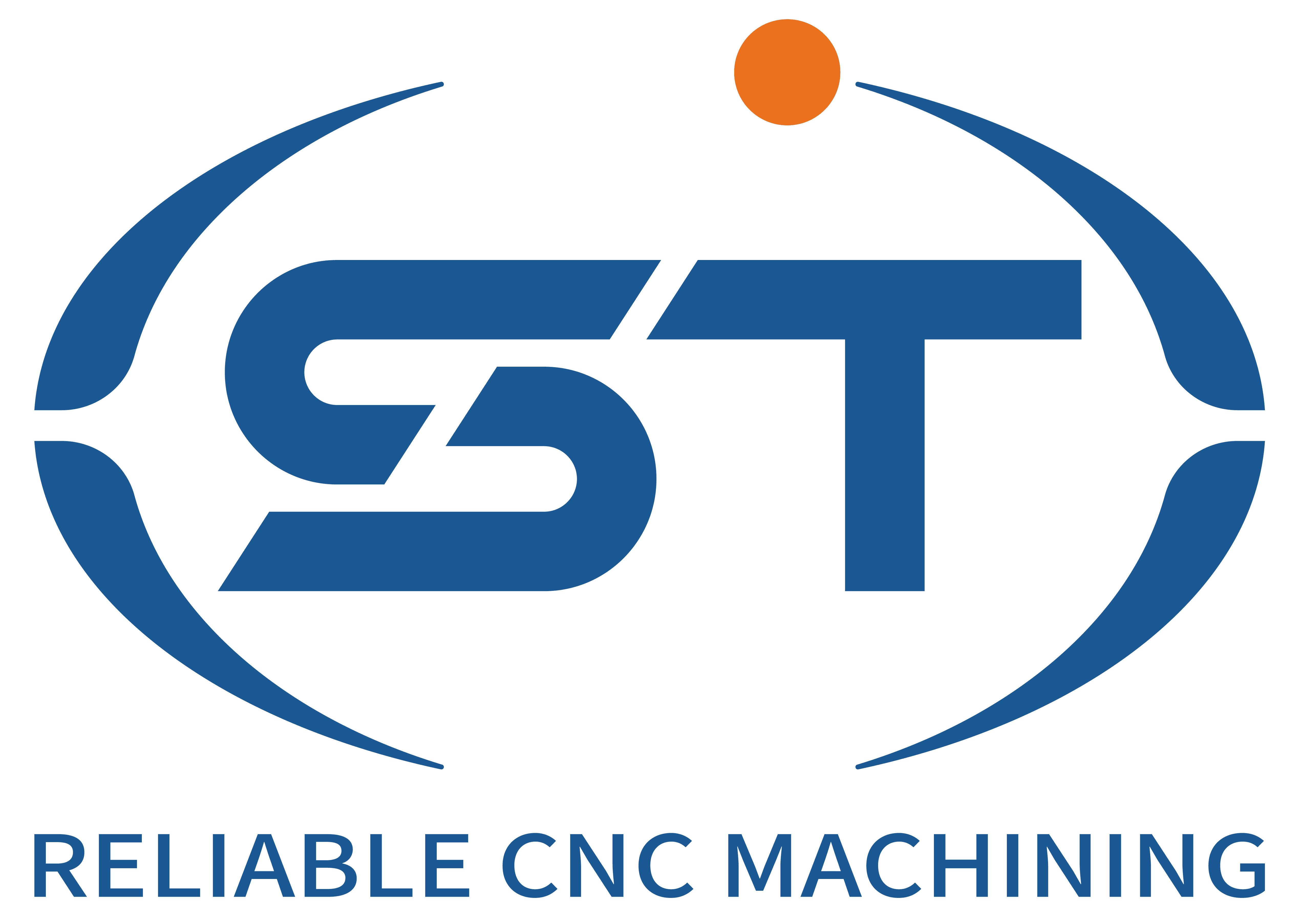Environmental Protection Measures in Lavorazione CNC per componenti automobilistici
The automotive CNC machining industry faces growing pressure to adopt sustainable practices, driven by stricter environmental regulations and consumer demand for eco-friendly manufacturing. Operations like milling engine blocks, turning transmission shafts, or drilling brake components generate waste, consume energy, and use cutting fluids that pose ecological risks if mismanaged. Implementing targeted environmental measures reduces carbon footprints, minimizes resource waste, and ensures compliance with global sustainability standards. Below are key strategies for integrating eco-conscious practices into automotive CNC machining workflows.
1. Sustainable Material Sourcing and Waste Reduction
- Recycled Metal Alloys: Prioritize aluminum, steel, or magnesium scrap for machining non-critical components like engine mounts or suspension brackets. Using recycled materials cuts energy consumption by up to 90% compared to virgin ore processing, lowering greenhouse gas emissions during high-volume production runs. Facilities should partner with certified suppliers to verify material origins and contamination levels.
- Optimized Nesting Software: Deploy advanced CAD/CAM systems to arrange part layouts on raw material sheets with minimal spacing, reducing offcuts during laser cutting or waterjet profiling of body panels. For example, nesting algorithms can improve material utilization rates from 65% to over 90% when machining aluminum door frames, directly decreasing landfill waste.
- Closed-Loop Metal Recovery: Install magnetic separators or eddy current systems to capture swarf and chips generated during milling or drilling operations. Recovered metal shavings from machining crankshafts or camshafts can be melted and reused in-house or sold to foundries, diverting waste from incineration or landfills while generating secondary revenue streams.
2. Energy-Efficient Machining Processes
- High-Speed Machining (HSM) Techniques: Adopt HSM strategies for roughing and finishing operations on components like cylinder heads or differential housings. By increasing spindle speeds and feed rates while reducing cutting depths, HSM shortens cycle times by 30–70%, lowering electricity consumption per part. This approach also minimizes tool wear, decreasing the frequency of energy-intensive tool regrinding or replacement.
- Regenerative Braking Systems: Equip CNC machines with energy recovery systems that capture kinetic energy during spindle deceleration or axis braking. This stored energy can power auxiliary systems like coolant pumps or lighting, reducing overall grid dependency. Facilities processing high-torque components like axles or gearboxes benefit significantly from such systems.
- Smart Lighting and Climate Control: Install motion-activated LED lighting in machine bays and use programmable thermostats to regulate HVAC systems based on occupancy and shift schedules. For example, lowering ambient temperatures by 2°C during unmanned night shifts reduces energy costs for climate control in large machining halls handling steel chassis parts.
3. Eco-Friendly Cutting Fluid Management
- Biodegradable Fluid Formulations: Transition to vegetable-based or synthetic esters for lubrication and cooling during operations like turning aluminum pistons or milling stainless steel exhaust manifolds. These fluids degrade naturally within 28 days under aerobic conditions, minimizing groundwater contamination risks compared to mineral oil-based alternatives.
- Centralized Fluid Recycling Systems: Implement filtration and skimming units to remove tramp oil, metal particles, and bacteria from used coolant. Recycled fluids can be reintroduced into CNC machines after quality testing, extending their lifespan by 3–5 times and reducing fresh fluid purchases. This approach is particularly effective for high-volume production of components like brake rotors.
- Mist Collection and Air Filtration: Upgrade local exhaust ventilation (LEV) systems with HEPA filters to capture aerosolized cutting fluids near machining centers. Properly maintained mist collectors prevent volatile organic compound (VOC) emissions, protecting indoor air quality for workers processing materials like composite brake pads or titanium valve components.
4. Water Conservation and Wastewater Treatment
- Dry Machining Trials: Evaluate dry cutting processes for specific applications, such as finishing aluminum engine blocks or drilling plastic fuel tanks. Eliminating coolant use reduces water consumption and avoids costly wastewater treatment. However, dry machining requires advanced tool coatings and optimized cutting parameters to manage heat generation effectively.
- Closed-Loop Coolant Systems: Design machining setups with self-contained coolant circuits that minimize evaporation and spillage. For example, submerged machining techniques for drilling deep holes in cylinder liners keep cutting fluids contained, reducing top-up frequency and freshwater intake.
- On-Site Wastewater Treatment Plants: Install biological or chemical treatment units to neutralize pH levels and remove heavy metals from coolant runoff before discharge. Treated water can be reused for non-potable purposes like toilet flushing or cooling tower makeup, cutting municipal water supply dependency by up to 50% in large-scale facilities.
5. Carbon Footprint Tracking and Reduction Targets
- Energy Monitoring Software: Deploy IoT sensors to track real-time electricity, water, and gas usage across CNC machines, lighting, and HVAC systems. Data analytics platforms identify inefficiencies, such as idle machines consuming standby power during shift changes, enabling targeted interventions to reduce energy waste during machining of components like steering knuckles.
- Renewable Energy Integration: Partner with utility providers to source green energy from solar or wind farms for factory operations. Alternatively, install rooftop solar panels to power auxiliary systems like chip conveyors or air compressors used in machining lightweight aluminum components for electric vehicles (EVs).
- Supplier Sustainability Audits: Evaluate the environmental practices of raw material suppliers and logistics partners. Prioritize vendors with ISO 14001 certification or carbon-neutral shipping options to ensure alignment with facility-wide sustainability goals, such as reducing emissions associated with transporting steel coils for chassis production.
By integrating these environmental measures, automotive CNC machining facilities can achieve significant reductions in waste, energy use, and emissions while maintaining productivity and part quality. Proactive sustainability initiatives not only future-proof operations against regulatory changes but also enhance brand reputation in a market increasingly valuing eco-conscious manufacturing practices.




